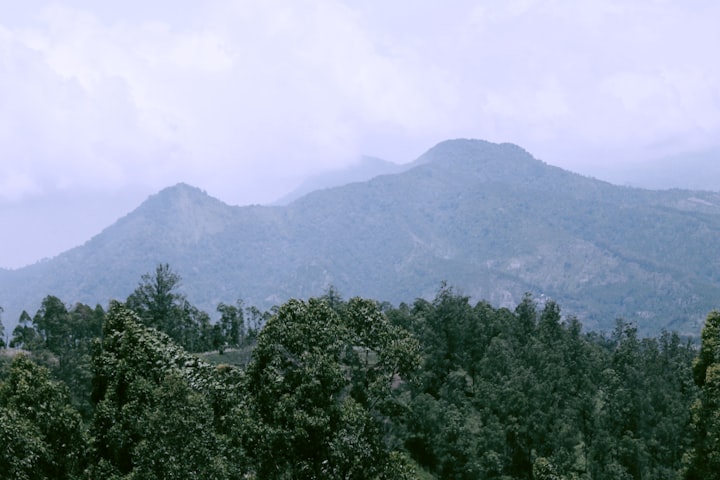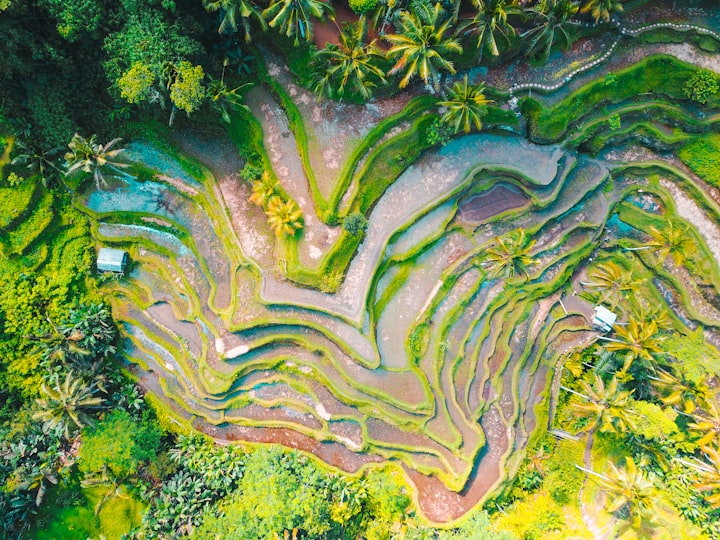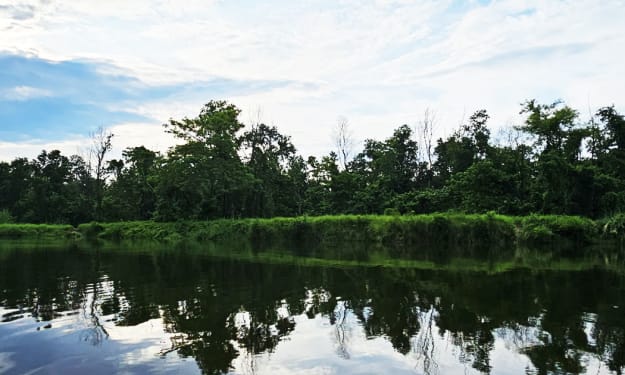The Java Forest
A Realm of Emerald Riches

Java, Indonesia's most populous island, is renowned for its vibrant culture, volcanic landscapes, and idyllic beaches. But nestled amidst the bustling cities and fertile rice paddies lies a hidden treasure: the Java Forest. This verdant tapestry of life, though diminished by human activity, remains a vital ecosystem teeming with biodiversity and holding immense ecological and cultural significance.
A Symphony of Life: Biodiversity in the Canopy
The Java Forest offers a breathtaking display of plant life. Towering dipterocarp trees, reaching heights of over 50 meters, form the dominant canopy layer. These giants, with their buttress roots clawing at the earth, provide a haven for a diverse array of epiphytes – plants that cling to others for support. Orchids in a riot of colors, ferns unfurling their delicate fronds, and mosses carpeting the branches contribute to the vibrant tapestry of life.
Beneath the canopy, a symphony of chirps, croaks, and calls fills the air. Java is a haven for birdlife, boasting over 450 species. Vividly colored sunbirds flit among the flowers, while hornbills, with their impressive casques, cackle from the branches. The elusive Javan green magpie, a critically endangered species, finds refuge in the remaining fragments of primary forest.
Mammals also play a crucial role in the forest's ecosystem. Agile gibbons swing through the trees, while shy Javan lutungs, a type of monkey, forage for leaves. The elusive Javan leopard, one of the rarest big cats in the world, stalks its prey in the dense undergrowth. Sadly, numerous mammal species, like the Javan banteng (wild cattle) and Javan rhinoceros, once abundant, have been pushed to the brink of extinction due to habitat loss.
Beyond the Canopy: The Forest Floor and Hidden Gems
The forest floor, perpetually damp and teeming with life, is a world in itself. A rich carpet of fallen leaves and decaying matter nourishes a network of decomposers, ensuring the forest's nutrient cycle continues. Slithering pythons and vibrant snakes weave through the undergrowth, while insectivores like the Sunda pangolin and shrews diligently hunt for their prey.
Hidden beneath the forest floor lies a network of caves – natural cathedrals adorned with stalactites and stalagmites. These subterranean sanctuaries have played a significant role in Indonesian culture for centuries. Archaeological evidence suggests their use for ritualistic purposes and even as burial sites.
For indigenous communities like the Baduy and Tenggerese, the Java Forest is not just an ecological wonder, but their spiritual home. They have lived in harmony with the forest for generations, practicing sustainable hunting and gathering practices and holding a deep reverence for the natural world.
Facing Challenges: A Delicate Balance
Despite its magnificence, the Java Forest faces numerous challenges. Conversion of land for agriculture, logging, and mining has led to significant deforestation. This, in turn, disrupts natural habitats, contributes to soil erosion, and threatens the survival of endemic species.
Climate change presents another major threat. Rising temperatures and erratic weather patterns can disrupt delicate ecosystems and increase the risk of wildfires. Protecting the existing forest and promoting reforestation efforts are crucial steps toward mitigating these challenges.
A Glimmer of Hope: Conservation Efforts and Sustainable Practices
The future of the Java Forest is not without hope. Conservation initiatives by NGOs and the Indonesian government are working to protect remaining forest fragments and establish new protected areas. Community-based conservation programs empower local communities to participate in protecting their ancestral homelands.
Sustainable forestry practices are also gaining traction. Selective logging techniques that minimize damage to the ecosystem and reforestation efforts ensure the forest can continue to provide resources for future generations.
The Way Forward: A Forest for the Future
The Java Forest embodies more than just trees and wildlife. It is a repository of biodiversity, a cultural treasure trove, and a source of clean water and air. Protecting and restoring this vital ecosystem requires a multi-pronged approach.
Sustainable practices, community involvement, and robust conservation plans are essential if the Java Forest is to survive and thrive. The future of this emerald realm lies in our hands – will we become stewards who ensure its continued existence or bystanders to its decline? The choice is ours.
About the Creator
Moharif Yulianto
a freelance writer and thesis preparation in his country, youtube content creator, facebook






Comments
There are no comments for this story
Be the first to respond and start the conversation.